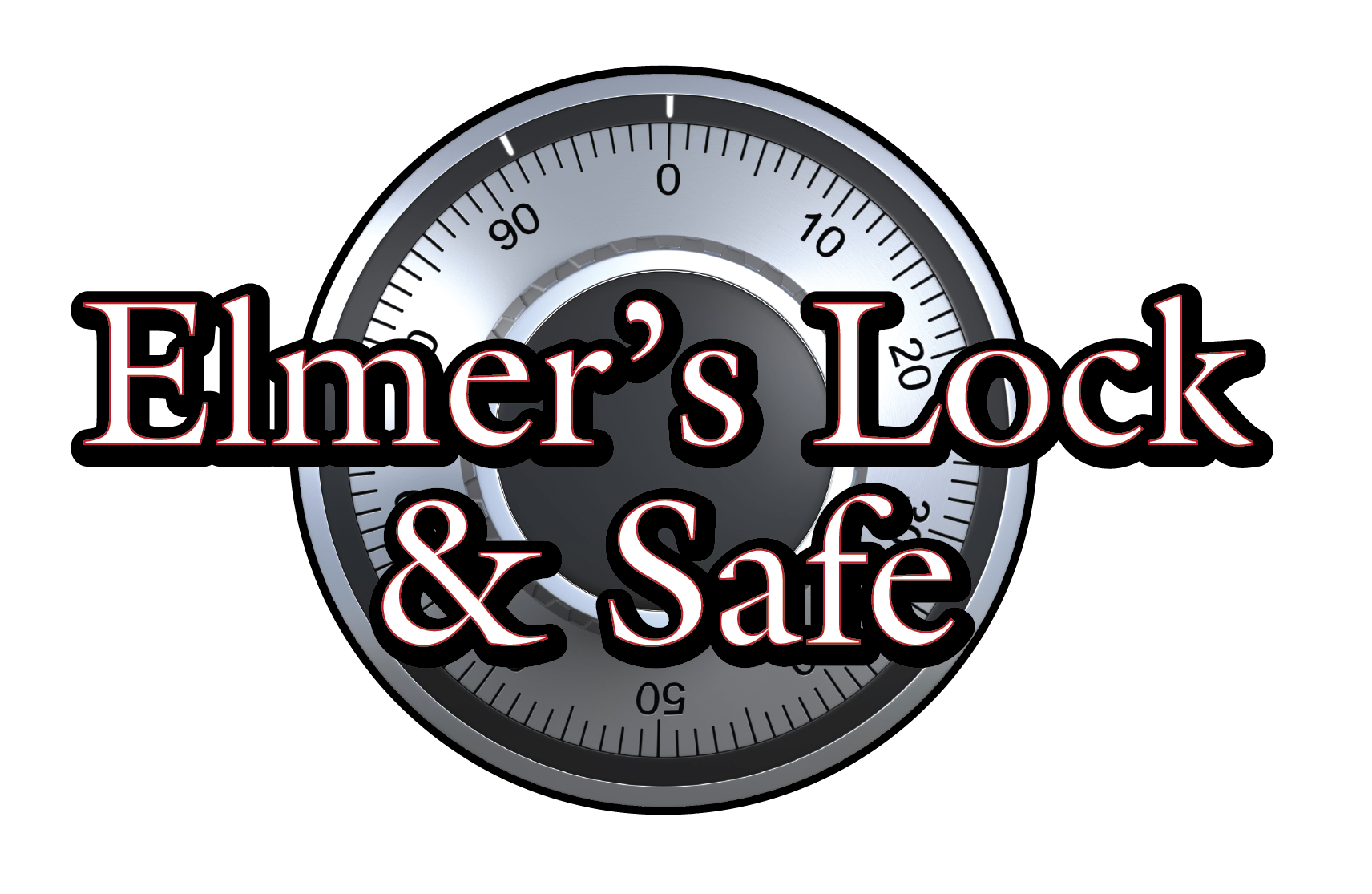Safe Lockouts - What do you do?
Protecting your business’ valuables is a great idea, but sometimes those same protections can prevent you from accessing the property. In the case of safe lockouts the fear is often that the owner will never be able to get their valuables back, or that the contents might be harmed by the methods of opening the safe. With Elmer’s Lock & Safe Locksmith, the safety and protection of this property is of the utmost importance, and the servicing locksmith will take every precaution to assure that standard of quality.
Most safes work off a dial or combination lock system. This form of locking mechanism works, at its most basic level, on a system of tabbed wheels (the group of which is known as a wheel pack) that are moved by rotating the dial. The tabs of the wheels (known as the fence) all connect at a certain point, and when the wheels line up a bar attached to the nose (a metal hook shaped form) drops to unite the wheel pack. Once the bar falls into the fence the nose must catch in the cam (another wheel with a groove that fits the nose), and it is at this point that the safe can be opened. The way the wheels are manipulated with the dial may vary from safe to safe, but this is no issue for an experienced commercial locksmith as it is superfluous to entry.
A digital lock works off a bolting system that prevents the safe from being turned without the code. The bolt (when locked) prevents the handle from moving the boltwork (the part of the safe that is moved by the turning of the handle), and keeps the safe secure. The keypad will send an electronic signal to the bolt, if the code is correct, and this will retract the bolt and allow the boltwork to move freely.
Safe technology has become very advanced throughout the decades, and in order to open a modern safe, the safe will be compromised. Finding the combination, by traditional safe cracking means, is no longer an option. The process of opening an office safe is made more difficult by their sturdier nature, compared to the common house safe. If there is a key hole on the safe that overrides a combination, there is a chance that the lock can be picked (see about business/office lockout above for more information), but it will most likely need to be drilled. Without a key override, the safe will either need to be wedged, pried, or sawed open. The approach to wedging, prying, and sawing is best left to a profession, so all contents of the safe are not damaged. In most any event, the safe will no longer protect its contents, but your company’s property will be accessible and unharmed by the process. If you need a commercial locksmith we will be happy to send one of our professional technicians.

